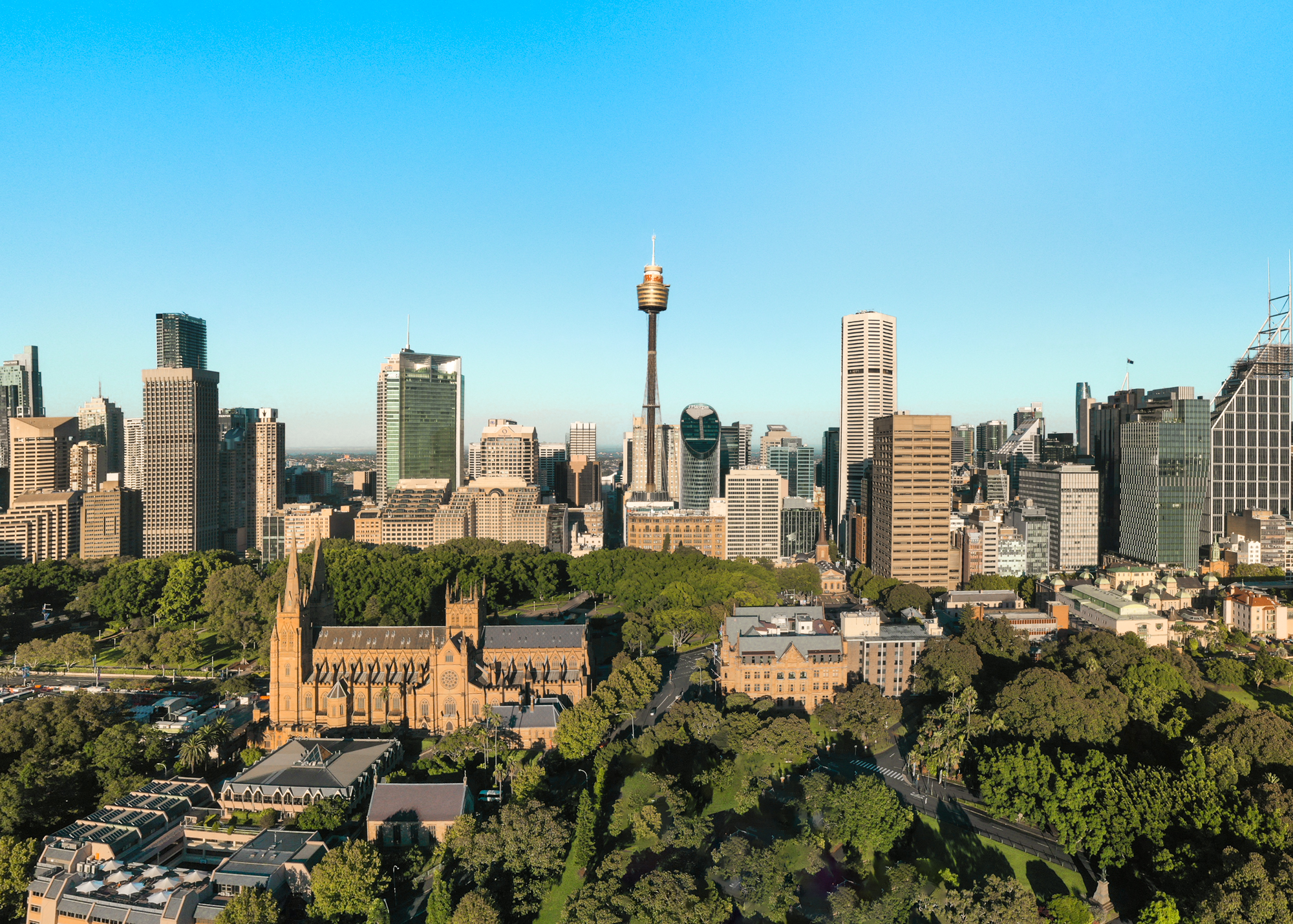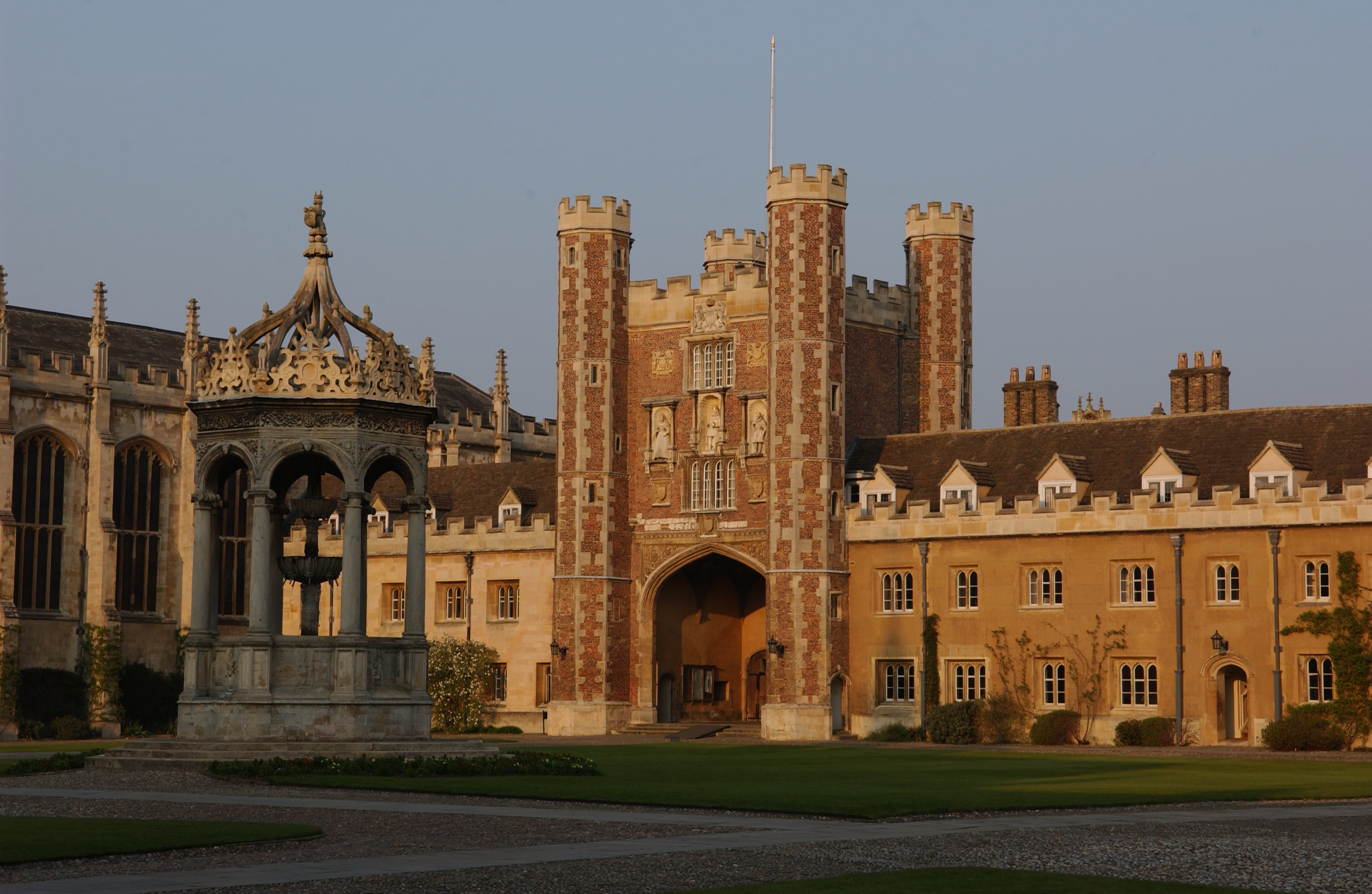|
Potts Point, New South Wales
Potts Point is a small and densely populated suburb in inner-city Sydney, New South Wales, Australia. Potts Point is located east of the Sydney central business district and is part of the local government area of the City of Sydney. Potts Point sits on a ridge immediately east of Woolloomooloo, west of Elizabeth Bay and Rushcutters Bay and north of Darlinghurst. The suburb has a roughly trapezoidal shape, and at its greatest extent is no more than long by wide. The suburb's boundaries include Macleay Street to the east, Darlinghurst Road to the southeast, William Street to the south, Brougham Street and part of Cowper Wharf Road to the west. Kings Cross and Garden Island Kings Cross is not an officially designated suburb of Sydney, but rather a locality encompassed entirely by the suburbs of Potts Point and Elizabeth Bay. Kings Cross is a commercial area that is dominated by bars, restaurants, nightclubs, strip clubs and adult bookstores. Kings Cross railway station is ... [...More Info...] [...Related Items...] OR: [Wikipedia] [Google] [Baidu] |
Sydney Central Business District
The Sydney central business district (CBD) is the historical and main Central business district, commercial centre of Sydney. The CBD is Sydney's city centre, or Sydney City, and the two terms are used interchangeably. Colloquially, the CBD or city centre is often referred to simply as "Town" or "the City". The Sydney city centre extends southwards for about from Sydney Cove, the point of first European settlement in which the Regions of Sydney, Sydney region was initially established. Due to its pivotal role in Australia's early history, it is one of the oldest established areas in the country. Geographically, its north–south axis runs from Circular Quay in the north to Central railway station, Sydney, Central railway station in the south. Its east–west axis runs from a chain of parkland that includes Hyde Park, Sydney, Hyde Park, The Domain, Sydney, The Domain, Royal Botanic Gardens, Sydney, Royal Botanic Gardens and Farm Cove, New South Wales, Farm Cove on Port Jackson, S ... [...More Info...] [...Related Items...] OR: [Wikipedia] [Google] [Baidu] |
Royal Australian Navy
The Royal Australian Navy (RAN) is the principal naval force of the Australian Defence Force (ADF). The professional head of the RAN is Chief of Navy (CN) Vice Admiral Mark Hammond AM, RAN. CN is also jointly responsible to the Minister of Defence (MINDEF) and the Chief of Defence Force (CDF). The Department of Defence as part of the Australian Public Service administers the ADF. Formed in 1901, as the Commonwealth Naval Forces (CNF), through the amalgamation of the colonial navies of Australia following the federation of Australia. Although it was originally intended for local defence, it became increasingly responsible for regional defence as the British Empire started to diminish its influence in the South Pacific. The Royal Australian Navy was initially a green-water navy, and where the Royal Navy provided a blue-water force to the Australian Squadron, which the Australian and New Zealand governments helped to fund, and that was assigned to the Australia Station. Thi ... [...More Info...] [...Related Items...] OR: [Wikipedia] [Google] [Baidu] |
William Broughton (bishop)
William Grant Broughton (22 May 178820 February 1853) was an Anglican bishop. He was the first (and only) Bishop of Australia of the Church of England. The then Diocese of Australia, has become the Anglican Church of Australia and is divided into twenty three dioceses. Early years Broughton was born in the City of Westminster, England. He was educated first at Queen Elizabeth's School, Barnet, then at The King's School, Canterbury, where he was a King's scholar. His fortunes turned from commerce to theology when he inherited a substantial sum, allowing him to study at Pembroke College, Cambridge. He graduated Bachelor of Arts (BA) as 6th wrangler in 1818 and was married 13 July that year to Sarah Francis (herself daughter of a priest, John Francis of Canterbury) at Canterbury Cathedral.Cable, Kenneth. ''Cable Clerical Index'' (2021) pp. 329–30. (Accessed aProject Canterbury 22 December 2021) Per tradition, he proceeded Master of Arts (MA Canta ... [...More Info...] [...Related Items...] OR: [Wikipedia] [Google] [Baidu] |
John Verge
John Verge (1782–1861) was an English architect, builder, pioneer settler in the Colony of New South Wales, who migrated to Australia and pursued his career there. Verge was one of the earliest and the most important architect of the Greek Revival in Australia. He also brought more comprehensive range of Regency style than any contemporary architects. His design indicates the increasing of sophistication compared to previous architect's design. Life and career John Verge was born in Christchurch, Hampshire. Many generations of the Verge family had been bricklayers and stonemasons. Verge married to Catherine Bowles at the age of twenty-two and went to London. From 1804 to 1828, he worked in London in the building trade, becoming a man of means. Verge's marriage eventually failed and, in 1828, he migrated to Sydney, New South Wales, Australia, with his son George Philip, intending to take up a land grant. The first land grant in 1829, he took up land on the Williams River, s ... [...More Info...] [...Related Items...] OR: [Wikipedia] [Google] [Baidu] |
Tusculum, Potts Point
Tusculum is a heritage-listed former residence and now offices at 1-3 Manning Street in the inner city Sydney suburb of Potts Point in the City of Sydney local government area of New South Wales, Australia. It was built from 1831 to 1837 to the design of John Verge for successful businessman Alexander Brodie Spark. It was then let to influential cleric William Broughton, the first and only Anglican Bishop of Australia and later inaugural Bishop of Sydney, from 1836 to 1851. It is owned today by the Historic Houses Trust of New South Wales. It was added to the New South Wales State Heritage Register on 2 April 1999. History History of the area In the 1830s the whole area from Potts Point to Kings Cross and up to Oxford Street was known as Darlinghurst- probably named in honour of Governor Ralph Darling (1824–31)'s wife, Eliza. The rocky ridge that extended inland from Potts Point was called Eastern or Woolloomooloo Hill from the early days of white settlement. The earli ... [...More Info...] [...Related Items...] OR: [Wikipedia] [Google] [Baidu] |
Rockwall, Potts Point
Rockwall is a heritage-listed house and former school at 7 Rockwall Crescent in the inner city Sydney suburb of Potts Point in the City of Sydney local government area of New South Wales, Australia. It was designed by John Verge and built from 1831 to 1837. It was added to the New South Wales State Heritage Register on 2 April 1999. History Darlinghurst Ridge/Woolloomooloo Hill In the 1830s the whole area from Potts Point to Kings Cross and up to Oxford Street was known as Darlinghurst- probably named in honour of Governor Ralph Darling (1824–31)'s wife, Eliza. The rocky ridge that extended inland from Potts Point was called Eastern or Woolloomooloo Hill from the early days of white settlement. The earliest grant of land on Woolloomooloo Hill was made to Judge-Advocate John Wylde in 1822. In 1830 Wylde sold six of his 11 acres on the Point to Joseph Hyde Potts, accountant to the Bank of NSW, after whom Potts Point is named. By the late 1820s Sydney was a crowded, disor ... [...More Info...] [...Related Items...] OR: [Wikipedia] [Google] [Baidu] |
Georgian Architecture
Georgian architecture is the name given in most English-speaking countries to the set of architectural styles current between 1714 and 1830. It is named after the first four British monarchs of the House of Hanover—George I, George II, George III, and George IV—who reigned in continuous succession from August 1714 to June 1830. The so-called great Georgian cities of the British Isles were Edinburgh, Bath, pre-independence Dublin, and London, and to a lesser extent York and Bristol. The style was revived in the late 19th century in the United States as Colonial Revival architecture and in the early 20th century in Great Britain as Neo-Georgian architecture; in both it is also called Georgian Revival architecture. In the United States the term "Georgian" is generally used to describe all buildings from the period, regardless of style; in Britain it is generally restricted to buildings that are "architectural in intention", and have stylistic characteristics that are typical o ... [...More Info...] [...Related Items...] OR: [Wikipedia] [Google] [Baidu] |
Henry Lawson
Henry Archibald Hertzberg Lawson (17 June 1867 – 2 September 1922) was an Australian writer and bush poet. Along with his contemporary Banjo Paterson, Lawson is among the best-known Australian poets and fiction writers of the colonial period and is often called Australia's "greatest short story writer". A vocal nationalist and republican, Lawson regularly contributed to '' The Bulletin'', and many of his works helped popularise the Australian vernacular in fiction. He wrote prolifically into the 1890s, after which his output declined, in part due to struggles with alcoholism and mental illness. At times destitute, he spent periods in Darlinghurst Gaol and psychiatric institutions. After he died in 1922 following a cerebral haemorrhage, Lawson became the first Australian writer to be granted a state funeral. He was the son of the poet, publisher and feminist Louisa Lawson. Family and early life Henry Lawson was born 17 June 1867 in a town on the Grenfell goldfields of ... [...More Info...] [...Related Items...] OR: [Wikipedia] [Google] [Baidu] |
John Wylde
Sir John Wylde (or Wilde; 11 May 1781 – 13 December 1859) was Chief Justice of the Cape Colony, Cape of Good Hope and a judge of the Supreme Court of the colony of New South Wales born at Warwick Square, Newgate Street, London. Member of a family of lawyers He was the eldest son of Thomas Wilde 1758-1821(NSW), attorney of Saffron Walden and Warwick Square London, founder in 1785 of Wilde Sapte, very recently Denton Wilde Sapte and now the multinational law firm Dentons and Mary Anne, née Knight. Late in life Thomas Wilde, an amateur naturalist "of some distinction", retired and taking his piano, cello and flute followed his son John to Sydney, Australia where he died 4 December 1821. In February 1817 Thomas Wylde was elected to the first board of directors of the Bank of New South Wales. John Wylde's two younger brothers were: Thomas Wilde 1782-1855, first Lord Truro, Lord Chancellor of England' and Edward Archer Wilde 1786-1871, Solicitor of London who was father ... [...More Info...] [...Related Items...] OR: [Wikipedia] [Google] [Baidu] |



